How to type in Chinese on iOS and iPadOS
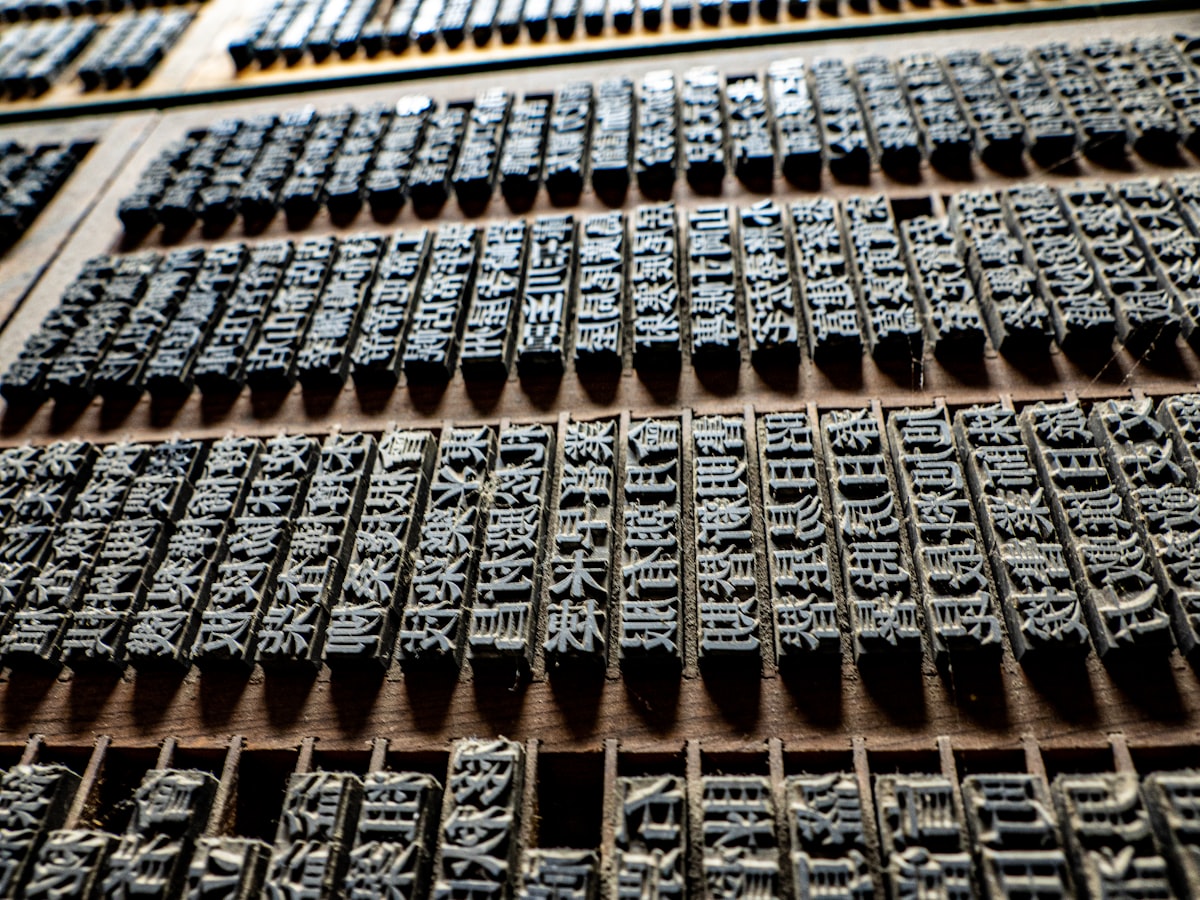
As your Mandarin learning progresses, you'll quickly find yourself wanting to type in Chinese just as much as you want to speak it. Be it for making notes, messaging language friends, or completing challenges on study apps - learning how to type Chinese characters is a useful skill very early in your language journey.
Enabling Chinese input itself on iOS is straightforward, and you'll still be able to type in English, too. Importantly the input language you choose is independent of the device language, meaning it won't affect your day to day usage. Changing between input language settings is as simple as tapping a button so there's no worry of picking one language or another. (In fact, if you are a polyglot, it's possible to have a practically unlimited number of inputs).
Enabling Chinese Input
TL;DR
Settings > General > Keyboard > Keyboards > Add New Keyboard > Chinese (Choose Simp. or Trad.) > Pick an input method.
Both on iPhone and iPads, enabling Chinese input follows the same steps. Firstly, we will need to add a new keyboard for the Chinese language, then choose an input method. More on input methods shortly, but you'll probably want pinyin qwerty if you're unsure of what the other options mean.
Settings
Navigate to the settings app. Typically this is found on the first page of your home screen. Within the Settings app, select the General menu. This will be close to the top or middle of the display when first opening the app.
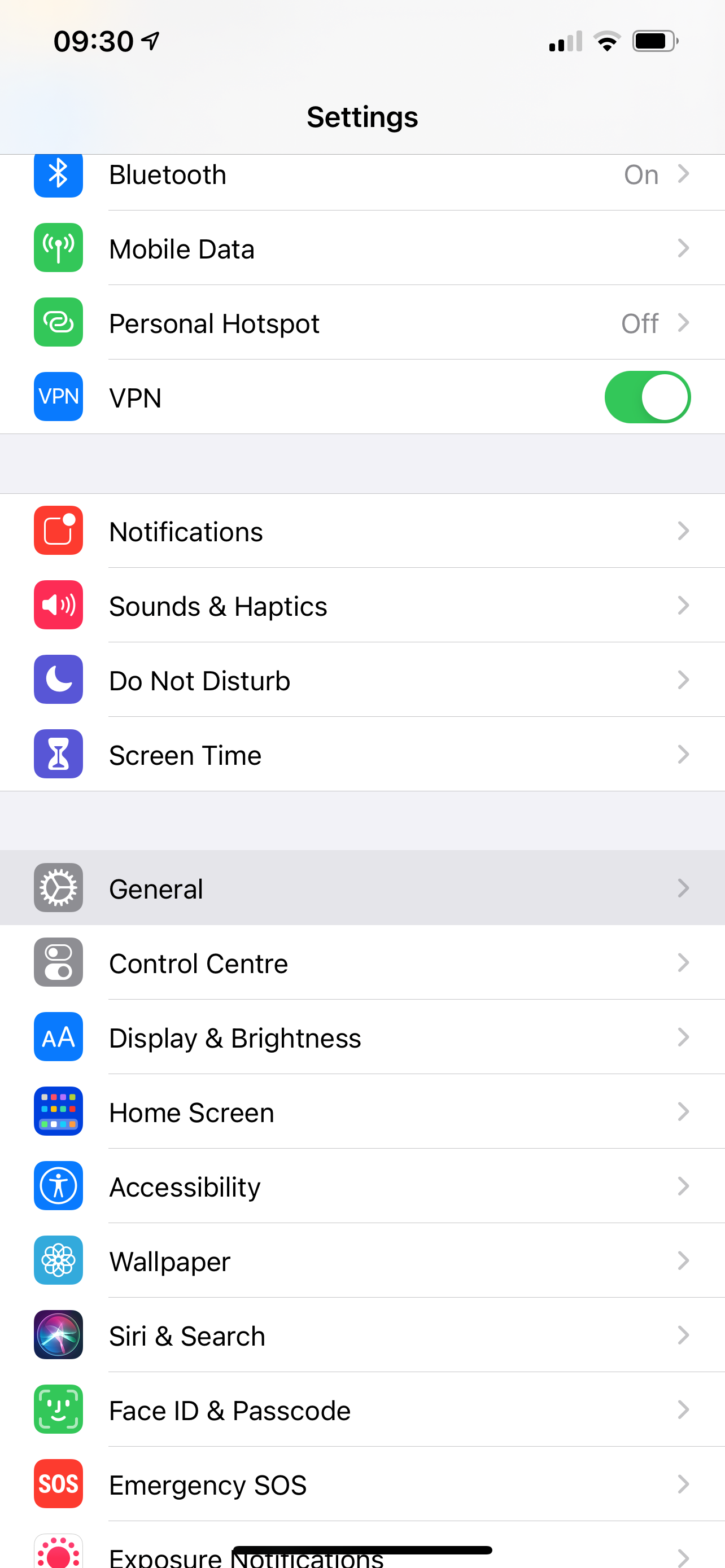
General
From General, find the Keyboard menu.
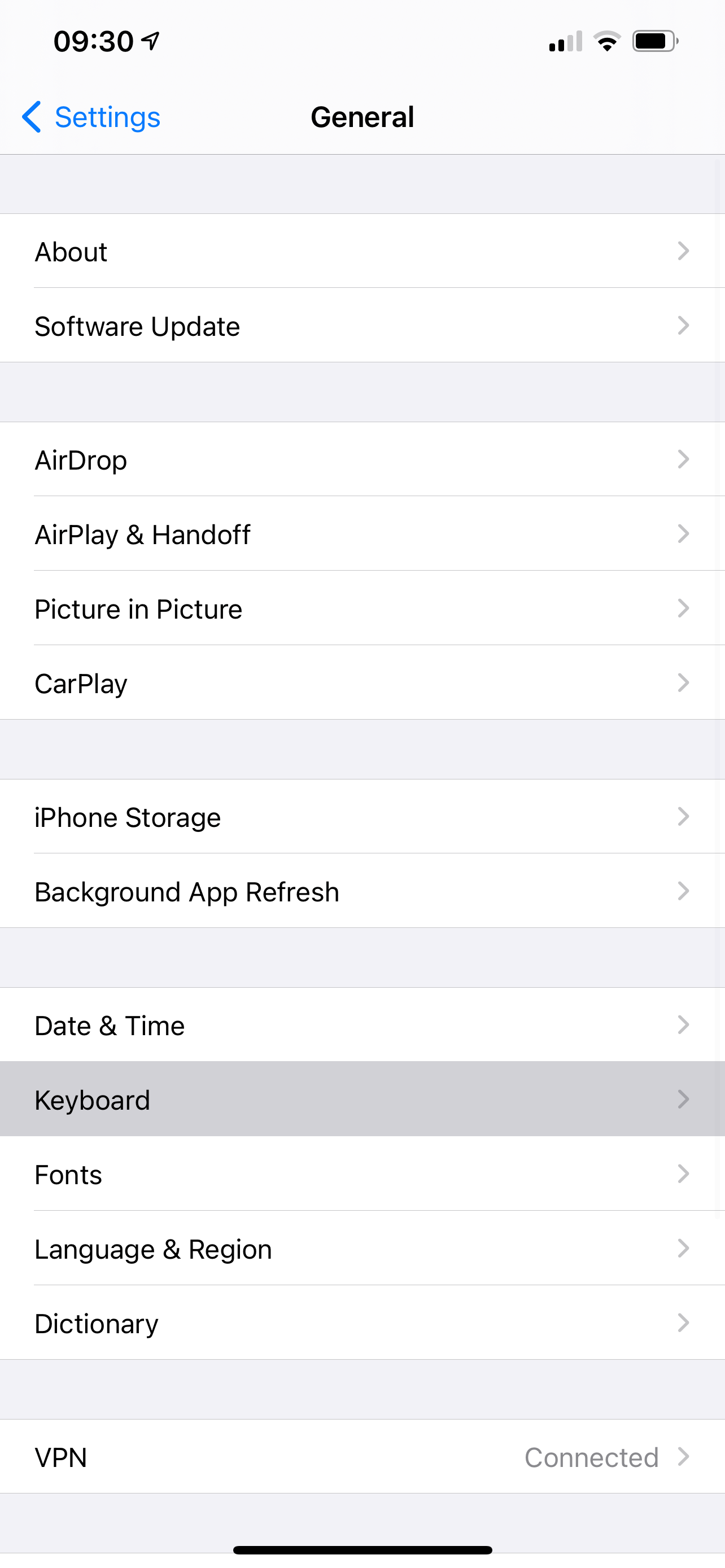
Keyboards
Within Keyboards, select Keyboards.
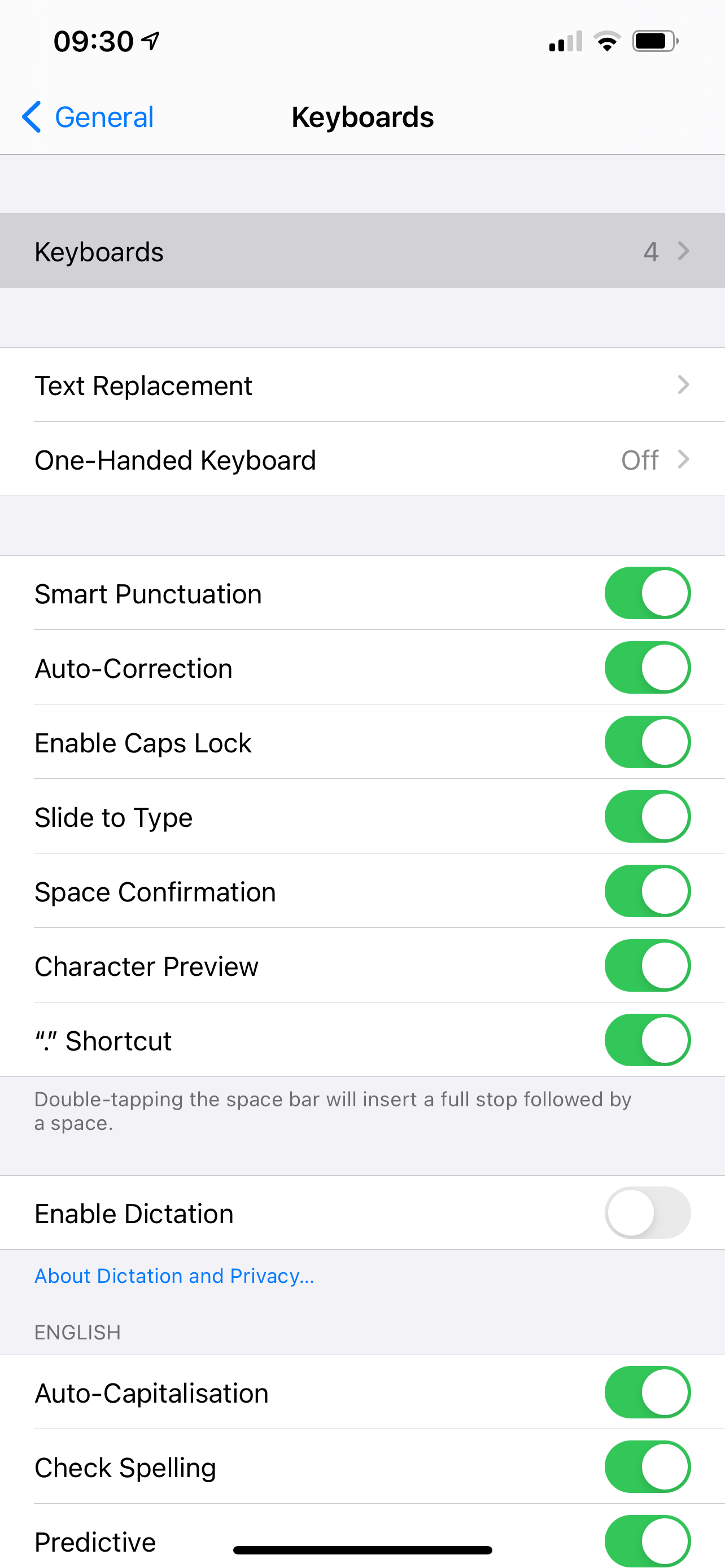
Add New Keyboard
In the (second) Keyboards menu, you can see all currently enabled keyboards and input methods. Here you will most likely just see English and Emoji - I previously enabled the two Chinese methods.
At the bottom of this menu, select Add New Keyboard...
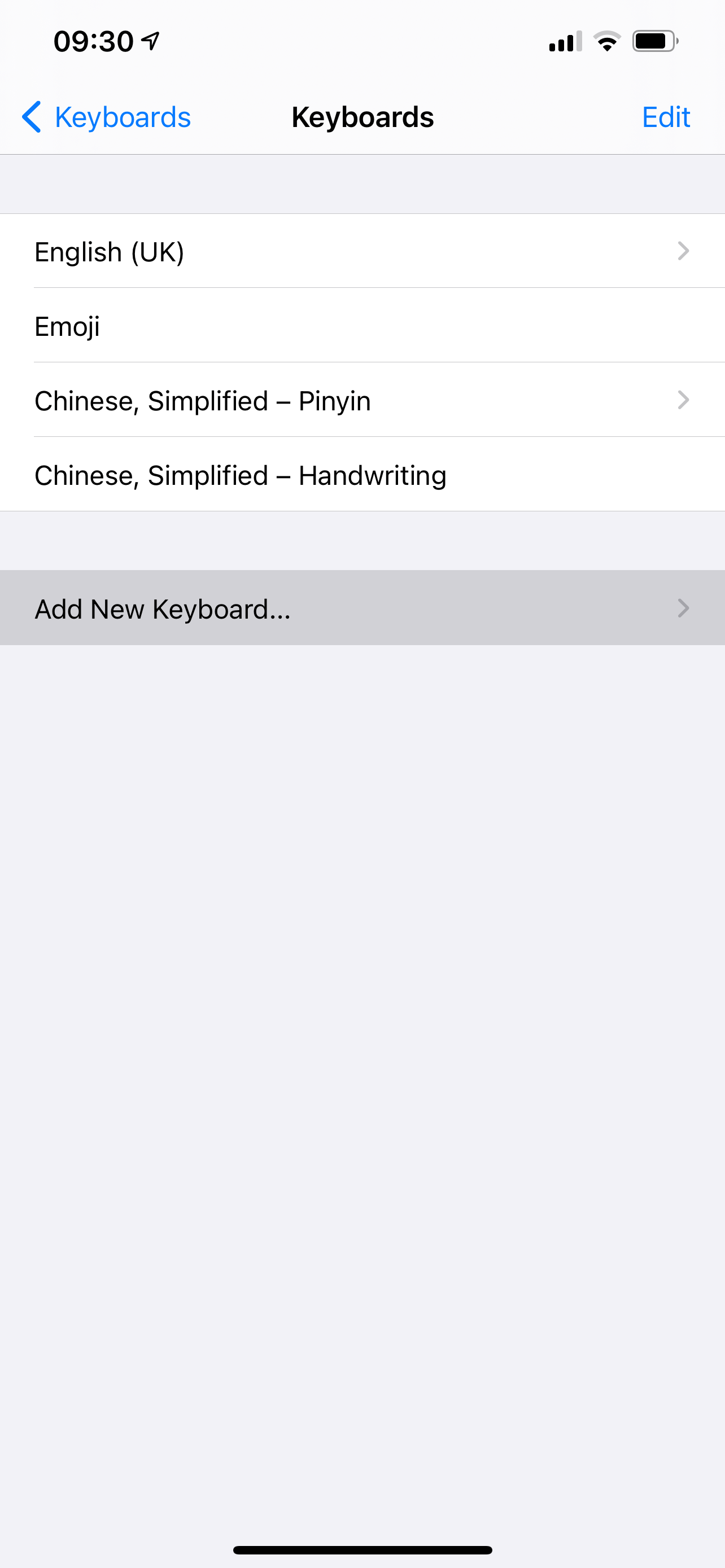
Chinese (Choose Simp. or Trad.)
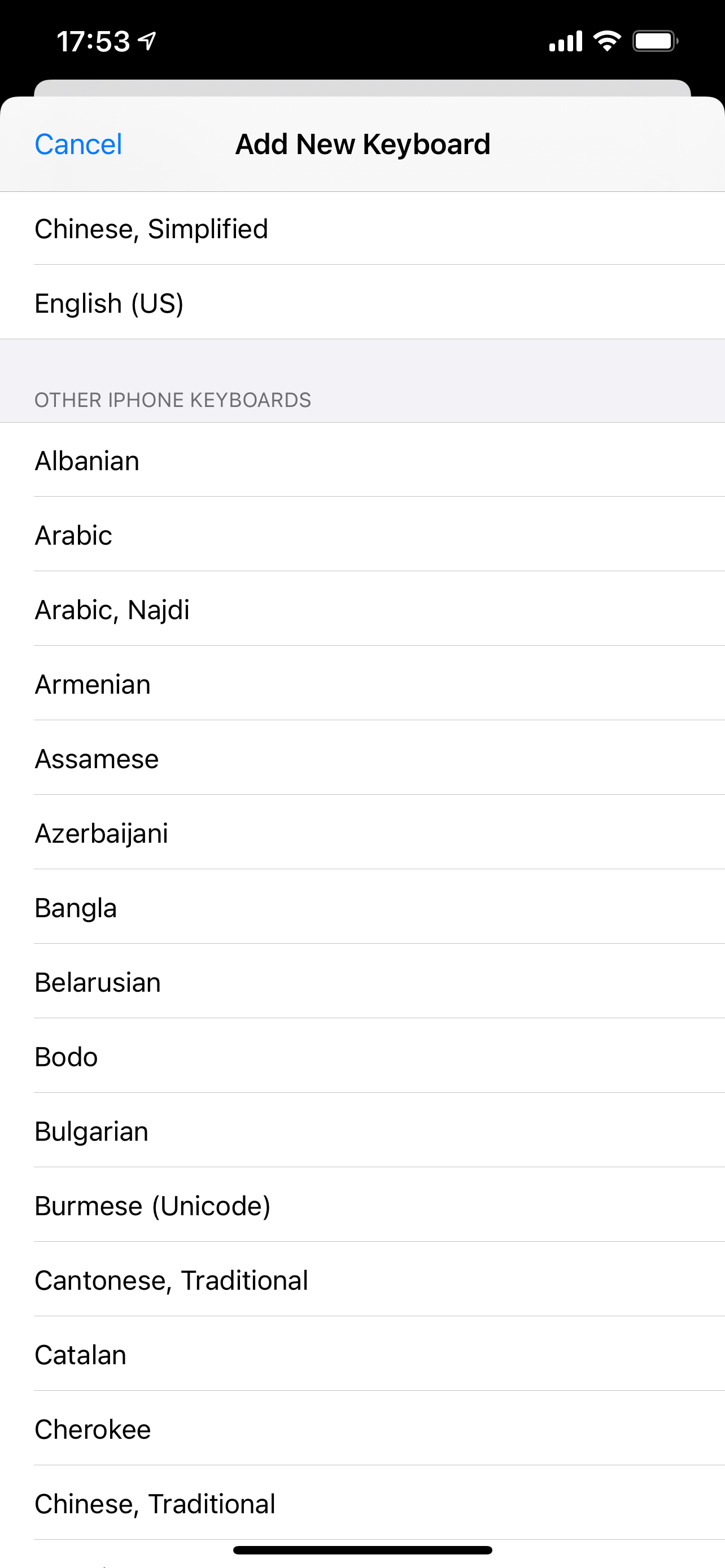
Here make a choice between Traditional and Simplified characters. If you're unsure of the difference - Simplified characters are mostly used in Mainland China whilst Traditional is used in Hong Kong, Macao and Taiwan - You're most likely looking for Simplified. The choice you make here will also influence the methods available later, but pinyin and handwriting methods are available for both.
I'll be proceeding with the Simplified method as that's the form of Chinese I study and by far the most commonly used.
Pick an input method.
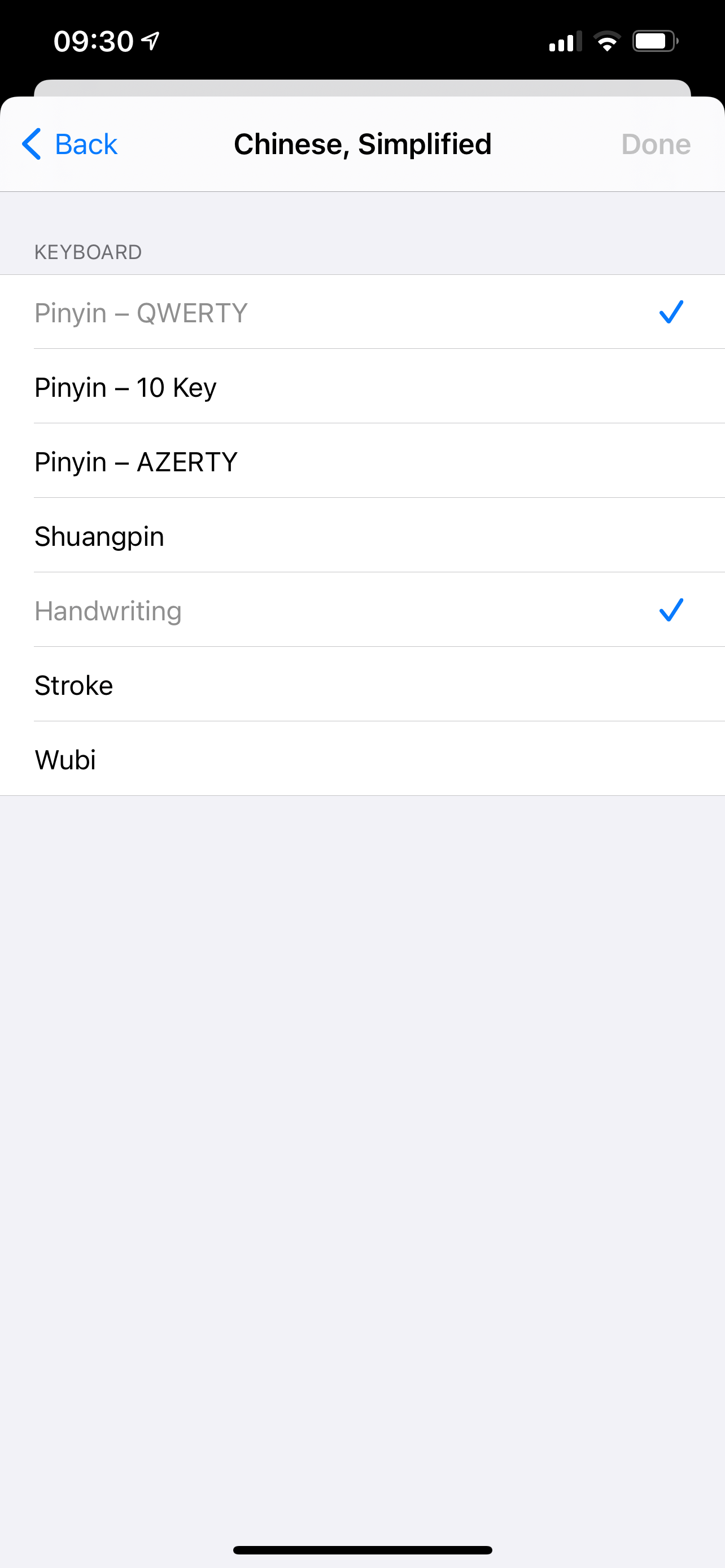
Pick the method you desire. If you don't know what you want, pinyin qwerty is the best option, as pinyin is the official transliteration/ romanisation of Chinese and is the most commonly used today. If you're a student of mandarin, or regularly encounter characters you don't know, I also recommend adding the Handwriting method.
Test that your mandarin input works!
When typing in pinyin, for example, you type the Latin character of the word, then choose the appropriate character from the bar at the top of the keyboard. This process is similar in presentation to the predictive text we know in English. If you fail to tap a suggestion, the option deemed most suitable by the keyboard (the characters on the left) will be chosen.
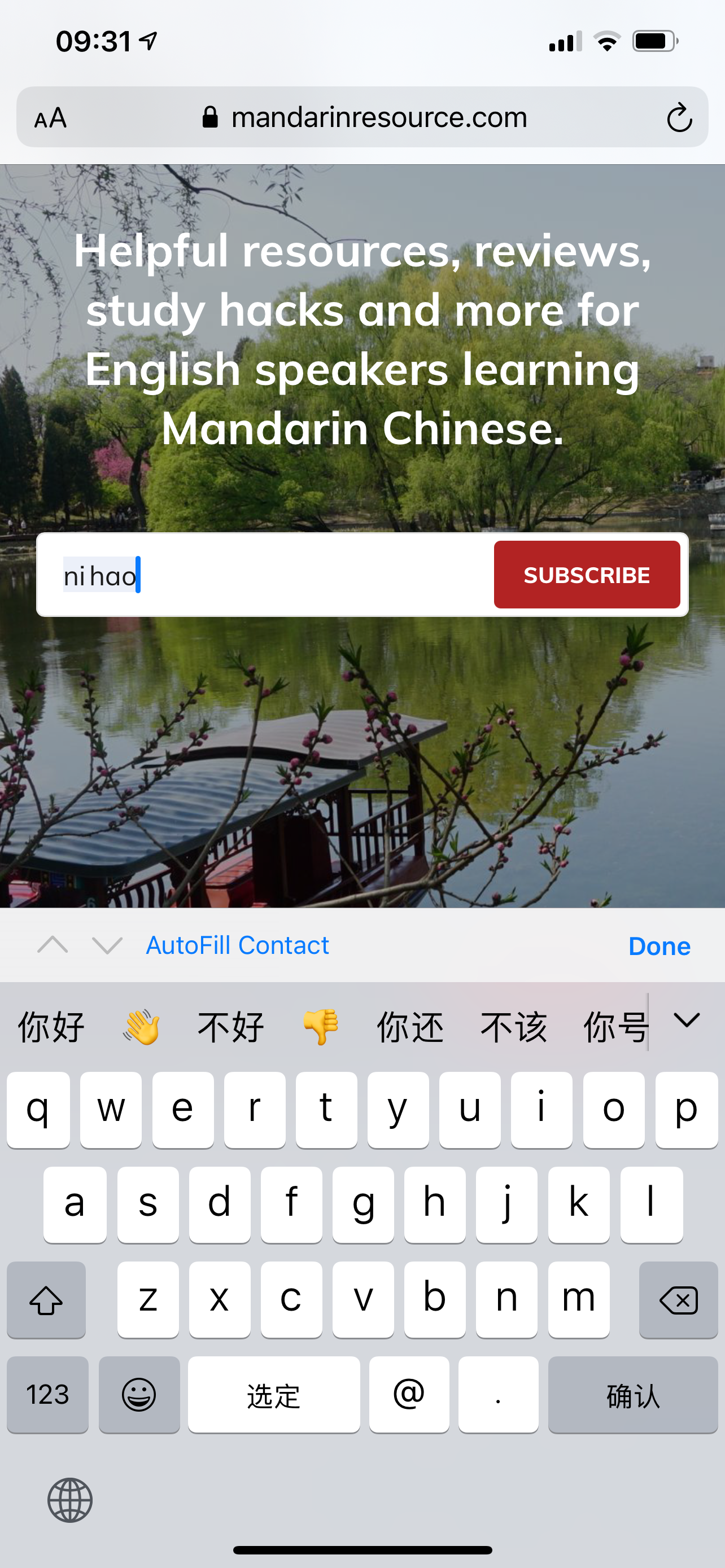
If the character you are searching for is not immediately visible you can tap the downwards arrow on the right of this bar for more options.
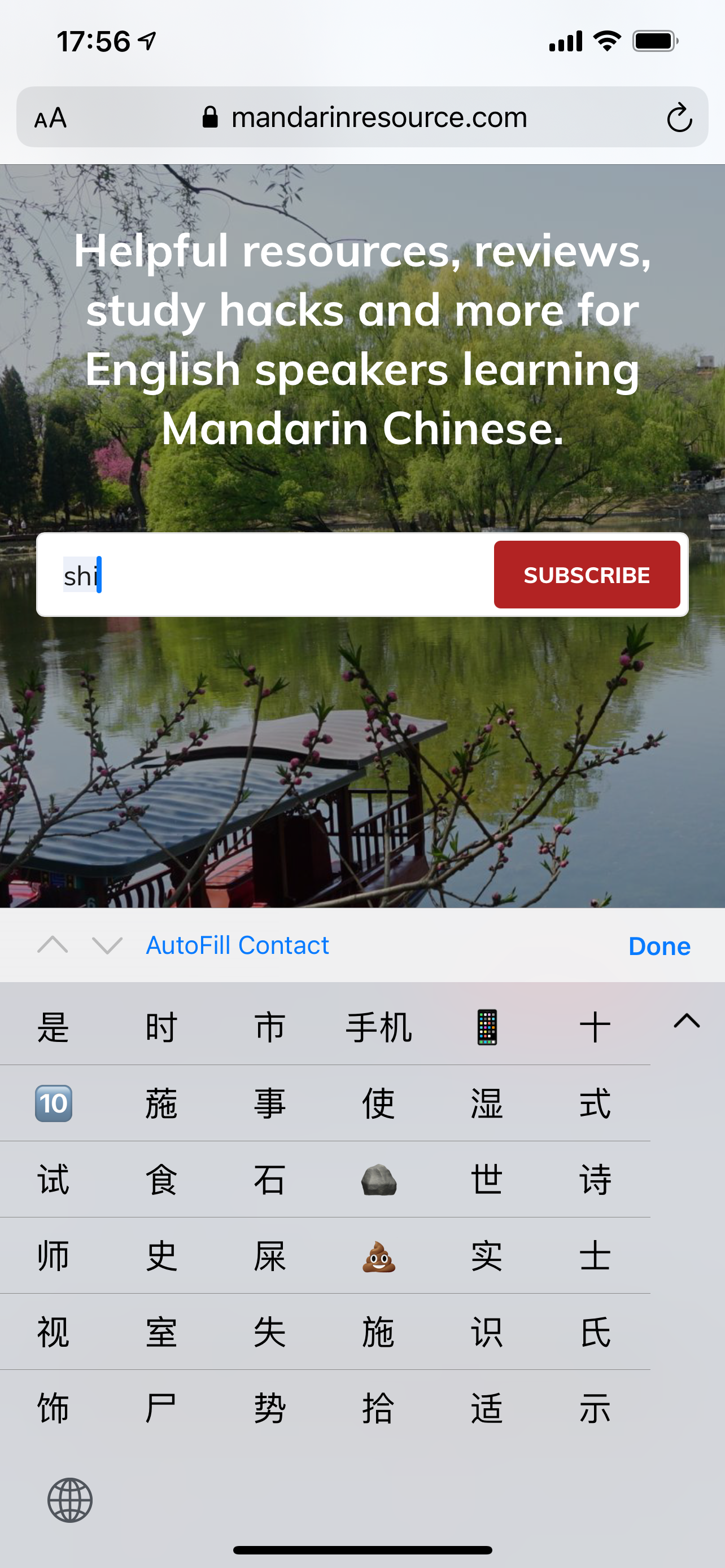
When you want to switch between input methods, simply tap the globe icon in the bottom left of the keyboard to cycle through options. Alternatively, holding the globe down will display a list of all input methods currently enabled on the device.
The Best System for Beginners
If you're new to studying Chinese are arent too sure which option is best, I recommend adding both pinyin (qwerty) and Handwriting input methods of Simplified Chinese. This gives you the most flexibility whilst learning the language.
Starting out you won't know many characters, but the ones you do can be typed easily with qwerty pinyin - a fast and familiar input method without a learning curve. Qwerty pinyin is frequently used on computers too so the method is entirely transferable.
The handwriting method allows you to draw characters on a canvas, which is perfect for a beginner for a few reasons. The first is to develop your understanding and recognition of each character you know. The input method isn't strict on stroke order, but trying to follow this order once you know it will help develop both your reading and writing. Secondly, the handwriting method is perfect when you're trying to interpret an unfamiliar character. For example, when you come across a character on a street sign or food menu, you can't always guess meanings or infer possible pinyin - so drawing it is a largely foolproof way to figure out what a character is, which can then be entered into a dictionary app to learn its meaning. This trick of drawing characters I didn't recognise but wanted to know has helped me massively in growing my vocabulary.
Understanding Different Input Types
Pinyin Qwerty
The most commonly used method. Pinyin is the official transliteration (romanisation) of Chinese and it's almost certainly the system you'll have learned when studying Chinese. This method gives you a regular qwerty keyboard, then suggests appropriate hanzi characters based on the pinyin you enter.
Handwriting
Perfect for writing new characters, unknown characters, and memorising stroke order. Simply draw the character you want to enter and select it when shown.
Pinyin 10 Key
Commonly used by many native speakers, presents 10 keys each representing several letters - similar to old school mobile phones - that you type out your desired word. Importantly, you don't need to tap the key multiple times if the letter is later in the sequence, the keyboard will intelligently suggest possible options based on the context of the keys you have tapped.
I don't always recommend this option, but if you're a more proficient speaker it may be worth a try for fun.
Stroke
Perversely complex for beginners. This method is usually slower for most people compared to pinyin. For most beginners, having to know the exact stroke order of every character you wish to type is a significant challenge and may impede your learning progress.
If you speak Chinese to a high standard and are looking to perfect your stroke orders in written Chinese (perhaps for the new HSK3.0 examinations), you may find value in testing out this method. It won't, however, make it your primary input method.
Wubi
The Wubi method combines the use of strokes and character radicals to 'build' the character you wish to type. Whilst this method is most certainly too complex for beginners, advanced students may find it interesting - either as a personal challenge or even as a faster and more efficient input method.
For curious readers, I encourage reading this case for using Wubi over pinyin by Hugh Grigg, of Chinese Boost and East Asia Student.
Zhuyin, Sucheng.
If you selected the Traditional Chinese language, you'll be presented with these options, too. Zhuyin is commonly used in Taiwan, taught to students in place of pinyin in the mainland. Sucheng is a method mostly used by Cantonese speakers and Hong Kongers. It's a simplified method of the slightly more verbose Cangjie method.
If you're on your own Mandarin learning journey - whether you just started today or you're a polyglot who has lived in China for 15 years - you'll find insightful and opinionated reviews, introductions to Chinese culture, and my first-hand perspectives every step of the way.
You can join the mailing list (it's free!) and get updates straight to your inbox on this site, follow me on Instagram @mandarinresource or email me josh@mandarinresource.com.




